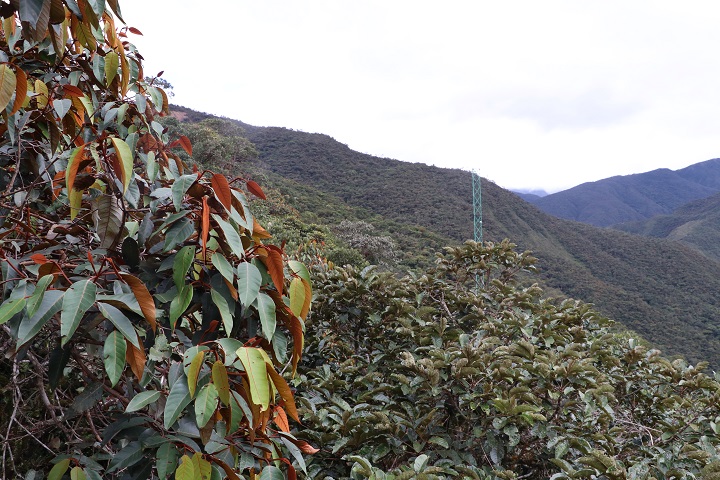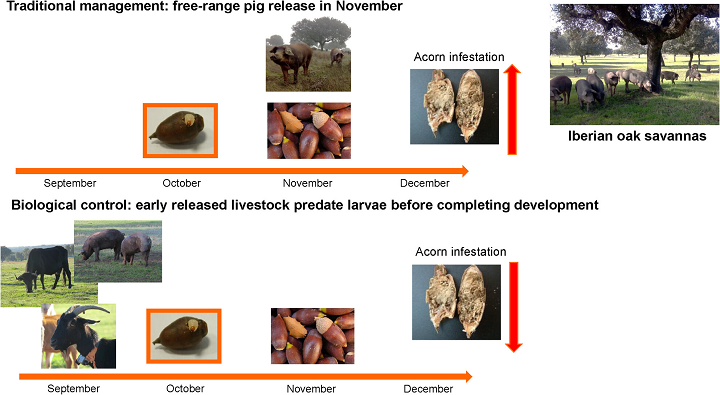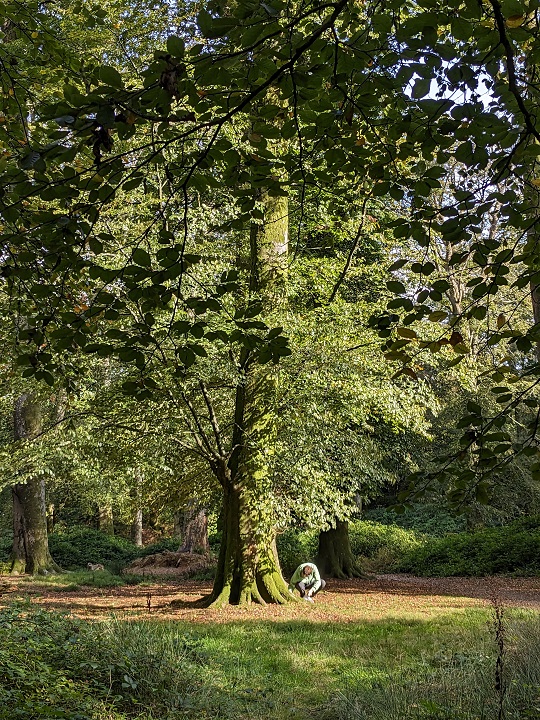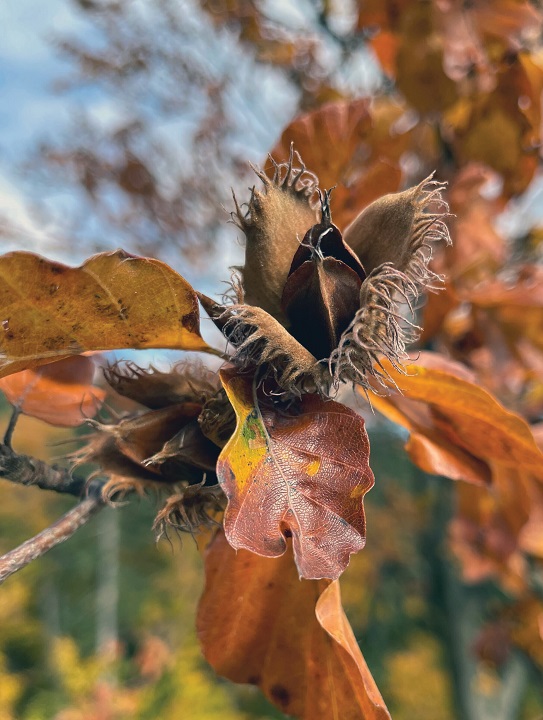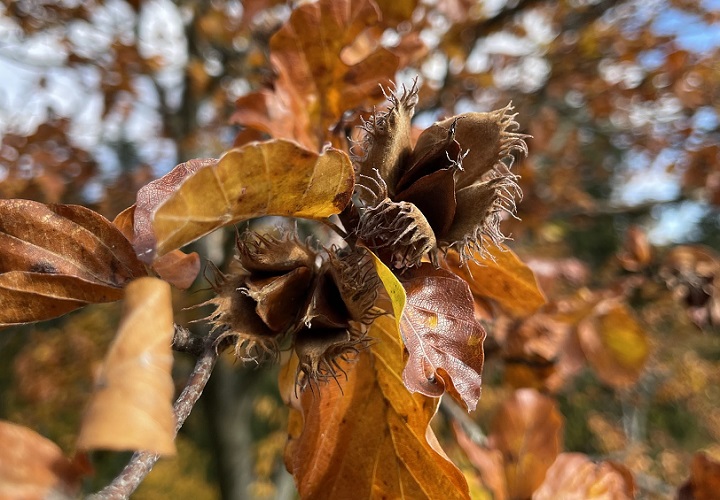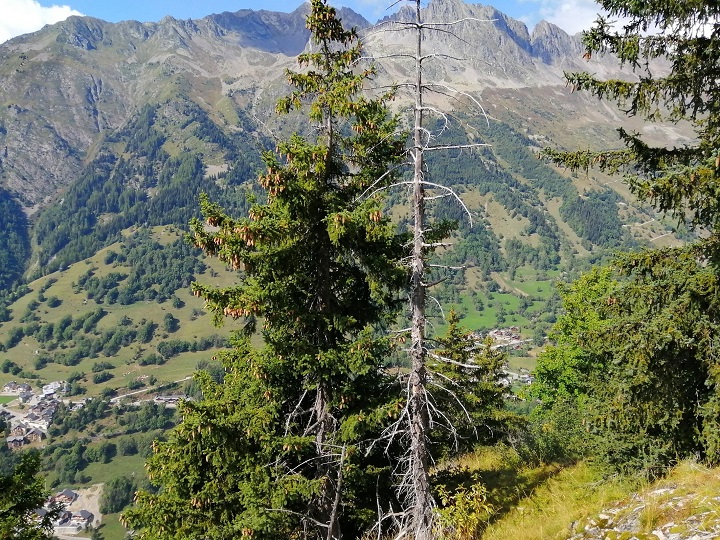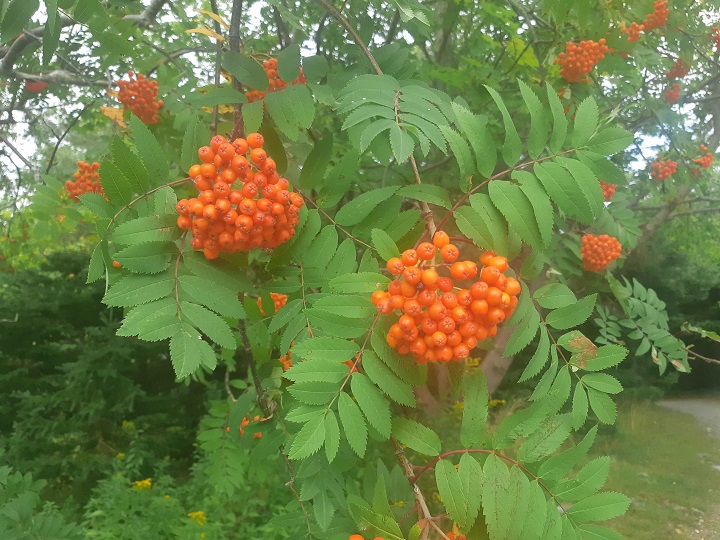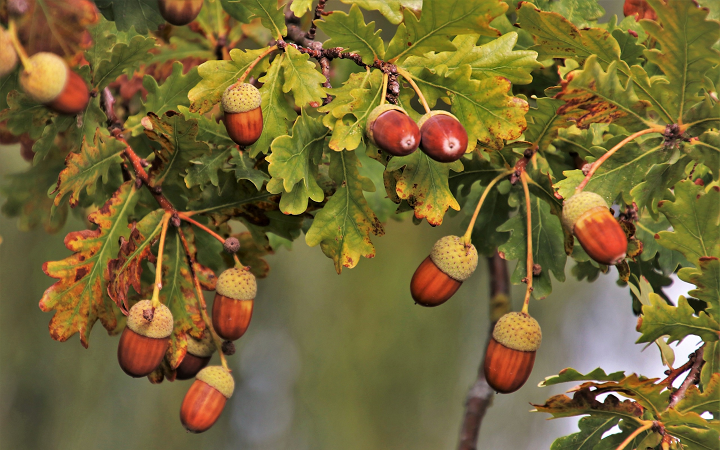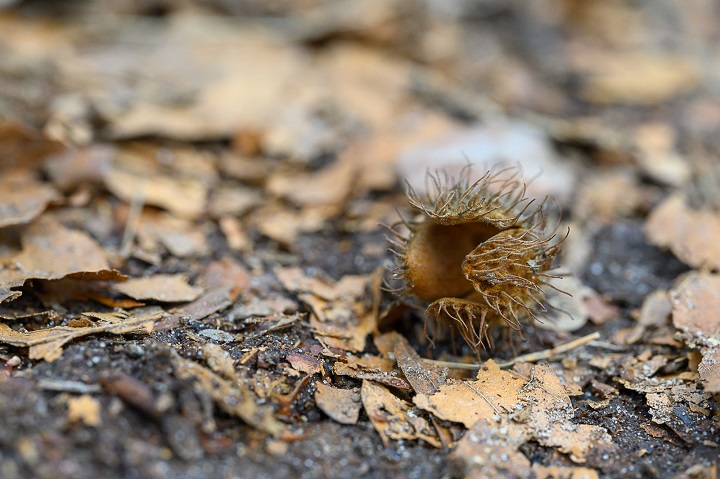In our new paper, just published in New Phytologist, we used extensive long-term observations of snow tussocks (Chionochloa pallens) and European beech (Fagus sylvatica) to explore how plant resources and weather cues interact to influence mast seeding. Our results highlight a key finding: when plants have abundant internal resources, they respond strongly to even moderateContinue reading “New Phytologist: resources and cues fine-tune masting”
Author Archives: Forest Biology Center
Oikos: trait composition in tropical mountains of Ecuador
Tropical montane forests are characterized by heterogenous environmental conditions drastically changing across elevational gradient that contribute to high diversification of species. The exceptionally species-rich plant communities in tropical mountains are reflected as well in their high functional diversity, and functional traits can mirror different life strategies of plants depending on the local environment and accessContinue reading “Oikos: trait composition in tropical mountains of Ecuador”
J Applied Ecology: Livestock as biological paste control in oak savannas
In our new paper, just published in Journal of Applied Ecology, we suggest intensifying livestock predation on prematurely dropped-infested acorns by allowing livestock foraging from October 1st onward. Pigs are usually released free range in early November, once weevil larvae have completed their development and escaped predation. The proposed management would increase the availability ofContinue reading “J Applied Ecology: Livestock as biological paste control in oak savannas”
ForEcoMan: Time for efficient seed sampling
Seed production varies widely over time (masting), with many cascading effects on the ecosystem. This makes long-term monitoring essential for forest management and conservation. Traditional methods, such as seed traps and quadrat sampling, are labour-intensive, resource-demanding, and prone to issues like trap destruction or limited canopy visibility. Our latest study demonstrates that the ground-based timedContinue reading “ForEcoMan: Time for efficient seed sampling”
PNAS: masting breakdown leads to growth decline in European beech
Our latest study, published in PNAS, reveals an indirect impact of climate change on European beech (Fagus sylvatica). Over a 43-year period, rising summer temperatures have increased the frequency of masting, leading to greater reproductive investment at the cost of tree growth. Despite no significant change in summer drought, annual growth rates have declined by 28%Continue reading “PNAS: masting breakdown leads to growth decline in European beech”
Annals of Botany: Masting Ontogeny
Our recent study examined how tree size affects the reproductive benefits of masting—a phenomenon where trees synchronize seed production across years, alternating between low and high yield periods. Using data from a 43-year monitoring of European beech (Fagus sylvatica), we found that larger trees benefit most from masting through significantly enhanced pollination efficiency and reducedContinue reading “Annals of Botany: Masting Ontogeny”
Ecology Letters: Trees do not wait so long before being reproductive
The fundamental trade-off between current and future reproduction has long been seen as a factor influencing the tendency of species that can reach large sizes to begin reproduction at larger sizes. However, estimates of the size at which trees mature remain scarce due to the extended time required to reach maturity. Because of that longContinue reading “Ecology Letters: Trees do not wait so long before being reproductive”
Ecology Letters: masting and reproductive efficiency
Our recent study focusing on rowan trees (Sorbus aucuparia) sheds light on how these trees optimize their reproductive efficiency through synchronized and variable seed production. Mast seeding is a strategy where trees forego reproduction in some years to produce a bumper crop of seeds in others, often in sync with neighboring trees. This boom-and-bust cycleContinue reading “Ecology Letters: masting and reproductive efficiency “
Forest Ecology and Management: community-wide masting enhances predator satiation
Mast seeding, or masting, is a fascinating reproductive strategy observed in many perennial plants, where individuals within a population produce seeds in highly variable quantities from year to year. This synchronized fluctuation in seed production among plants has long intrigued ecologists, primarily because it offers a significant survival advantage: it helps reduce the impact ofContinue reading “Forest Ecology and Management: community-wide masting enhances predator satiation”
Ecology Letters: synchrony of mast peaks and troughs
Ever wondered why some years your favorite forest is overflowing with beech nuts, and other years it’s almost barren? This feast-or-famine cycle, known as masting, is not just random. Our recent research reveals a fascinating pattern: European beech trees are synchronizing their seed production across vast distances, but intriguingly, they do so differently for bumperContinue reading “Ecology Letters: synchrony of mast peaks and troughs”


